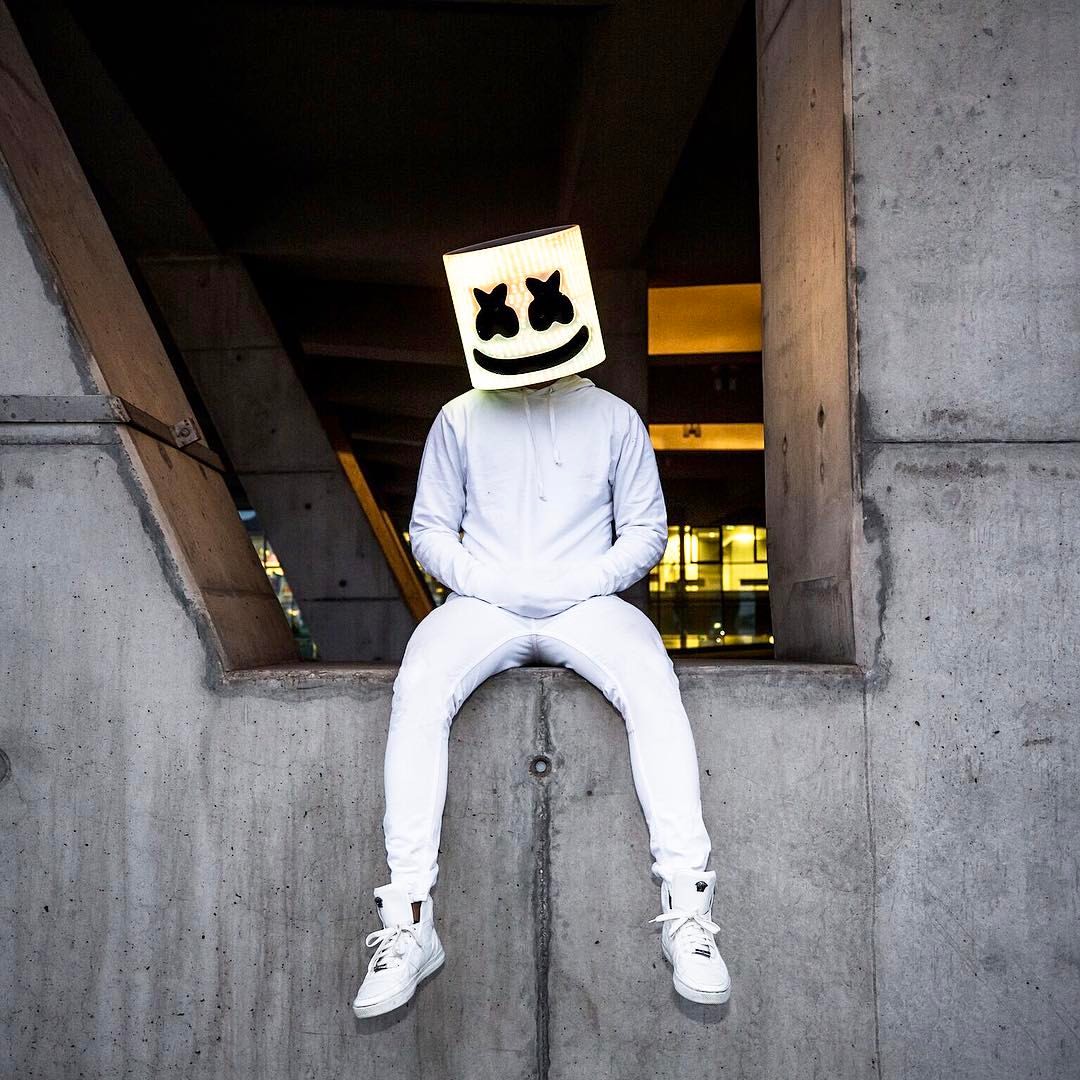

Fans and critics started to refer to rappers whose primary lyrical topic was drug dealing, as “trap rappers.” David Drake of Complex wrote that “the trap in the early 2000s wasn’t a genre, it was a real place”, and the term was later adopted to describe the “music made about that place.” Where does Trap Music Come from? The term originated in Atlanta, Georgia where rappers Cool Breeze, Dungeon Family, Outkast, Goodie Mob and Ghetto Mafia were some of the first to use the term in their music. The term “trap” was literally used to refer to the place where drugs are hidden in a car, where deals are made and how it is difficult to escape the lifestyle. It is typified by its aggressive lyrical content and sound, where the instrumentals are propelled by 808 kick drums or heavy extended sub-bass lines, double-time, triple-time and other faster time division hi-hats, layered synthesizers, and “cinematic” strings. Trap music is a music genre that originated in the early 1990s in the Southern United States. Once again, people of color are left out of the historical narrative, similar to the way Elvis Presley is widely regarded as the King of Rock ‘n’ Roll. This narrative is not uncommon, especially in American music. For the true pioneers and artists of authentic trap music, the recognition is hardly there, and this goes way beyond search engines. If you Google the phrase “best trap songs,” you are likely to see a lot of EDM music by white male artists.


 0 kommentar(er)
0 kommentar(er)
